With Drought Looming, Oregon May Lose Wildfire Insurance
Friday, March 20, 2015
After two of the most active, and expensive wildfire seasons on record, Oregon is struggling to reach an insurance deal that would cover cost over runs in fighting forest fires.
Oregon's forest fire insurance policy, the only one of its kind in the country, is designed to protect the state's general fund in the event of a bank-breaking fire season. Oregon racked up $122 million in 2013 fighting wildfires, and $75.6 million in 2014, tapping its full insurance policy for $25 million in both years.

When massive fire complexes arise, the wildfire fighting crews funded by roughly $46 million in designated state funds need help from private contractors for bulldozers, water planes, and extra crews --- and it costs.
Since 1973, the state has been insured through Lloyd's of London to buffer these costs, but this year, "the world's specialist insurance market" is a little skittish.
“It’s like you just wrecked a car and then came back and said ‘whoops, I just wrecked my new one,” Nichols said. “We cost you $50 million,would you like to insure us again?”
In 2013, a $25 million insurance plan with a $20 million deductible cost the state $923, 318 to get insured. By 2014, the state paid $2,012041 for the same coverage. The insurance was still not enough. Despite underwriters taking a $50 million hit in the last two years, $40 million more was needed from the state fund in 2013, and several million in 2014, to cover the costs.
The ODF has not yet reached a deal with Lloyds as what is predicted to be another dry, hot summer marches in, with the full possibility there may be no insurance at all. Drought emergencies have already been called in Lake and Malheur Counties by Governor Kate Brown, as snow pack in some regions is down to a tenth of normal depth.
Risk
Landowners in areas with wildfire risk pay a per-acre fee into the Oregon Forest Land Protection Fund, with rates based on a forest patrol assessment. The state’s access to that money, which effectively serves as the $20 million deductible, kicks in when the need arises.
Underwriters for Lloyd’s could refuse a policy based on the amount of policy funds paid out in the last two years, or offer a policy that the state or landowners could refuse, Nichols said.
“If you’re high risk, underwriting standards are going to be tight,” said Andrew Lauersdorf, an insurance coverage litigator and founder of Maloney Lauersdorf and Reiner in Portland.
It makes sense for an insurance company to offer lower limits to a high-risk client to limit their own exposure to loss, Lauersdorf said. Any region with forests and drought -- such as California, Oregon and Nevada -- is at a high risk for wildfires.
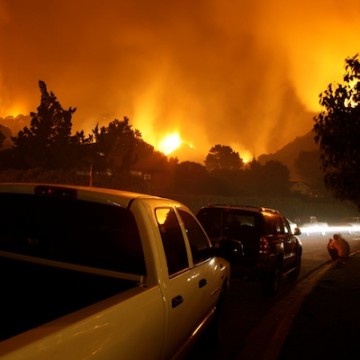
“These people are in the business of making money, they’re going to hedge their bets,” Lauersdorf said. If the state cannot get insured this year, the cost of fighting large fires will come out of funding from federal agencies, or Oregon's general fund.
“One way or the other, somebody’s going to pay for that insurance product,” Lauersdorf said. If a private insurer does not cover the cost, the taxpayers ultimately pick up the bill.
Dry Summer Ahead
“The people at the state level are in a difficult position, trying to get as much coverage for the dollar," he said. "It’s a constant agonizing shopping trip."
In a policy designed to insure expenses, the more the state's fire fighting expenses increase, the less likely they are to be insured.
“We’re probably not going to get near the amount of coverage the state and landowners would like to have,” Nichols said. But despite two expensive years, it has not been a bad insurance experience for either party. Since 1973, Lloyd's has paid out a total of $102 million, while the state has spent $57.3 million on premiums.
From 2003-2012, the state paid Lloyd's premiums between $800,000 and $3.8 million per year, but never tapped into the insurance policy. In 2012, a moderate year, the state spent $6.1 million fighting large fires, which came nowhere near the $20 million deductible. Lloyd's of London declined to comment, as the company does not comment on individual policies.
Meanwhile, the state is still dealing with bills from the 2013 season, while the 2014 season is unresolved, and a dry summer approaches. The state’s bills have been paid to contractors, but the process of getting reimbursed by agencies such as the US Forest Service and Federal Emergency Management Agency (FEMA) is a complicated one.
“We pay a lot of money out to private vendors who provide contract fire engines, bulldozers, there’s a whole industry built around firefighting,” Nichols said.
Although the prevailing cause of forest fires is lightning, ODF recommends multiple strategies to reduce the incidence of human-caused fires.
Related Slideshow: Oregon Industries Jeopardized by Warm Weather
The balmy weather Oregon is experiencing, although pleasant, does not bode well for some of the state’s biggest industries.
The early, hot spring has posed risks to Oregon’s wine industry, crops, forest services, apiculture (bees), outdoor recreation such as rafting, and has taken a serious toll on the state’s winter recreation industry.

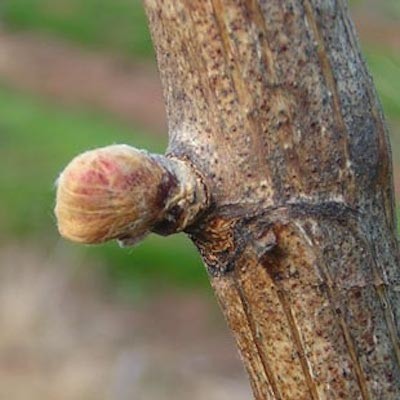
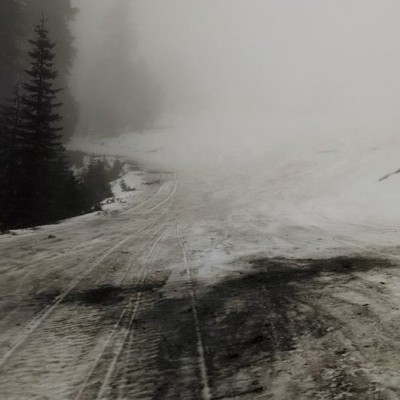
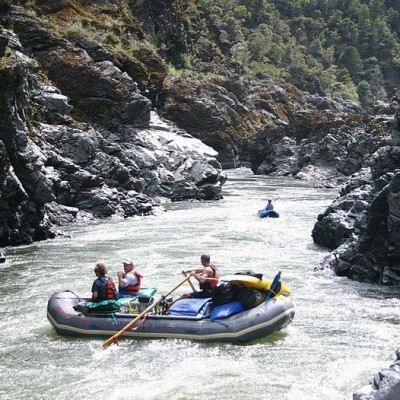
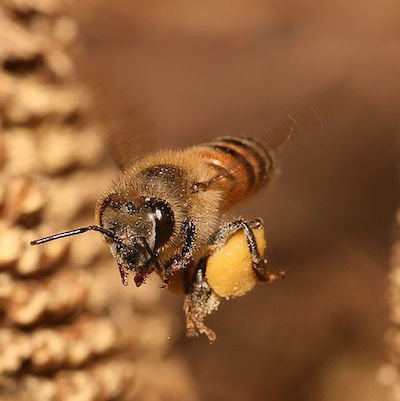
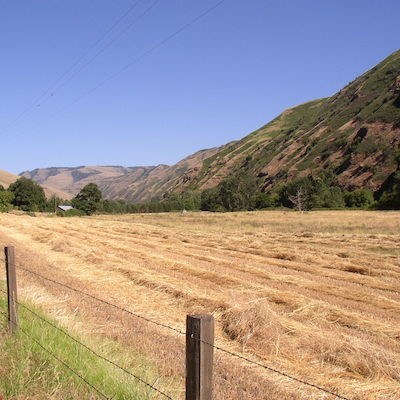
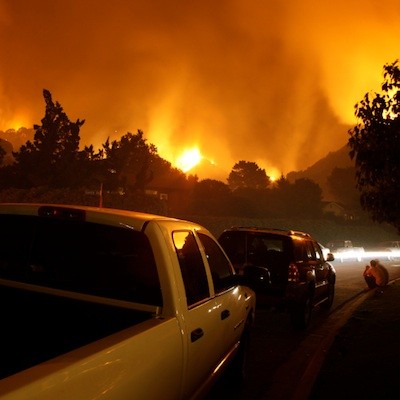









 Delivered Free Every
Delivered Free Every
Follow us on Pinterest Google + Facebook Twitter See It Read It